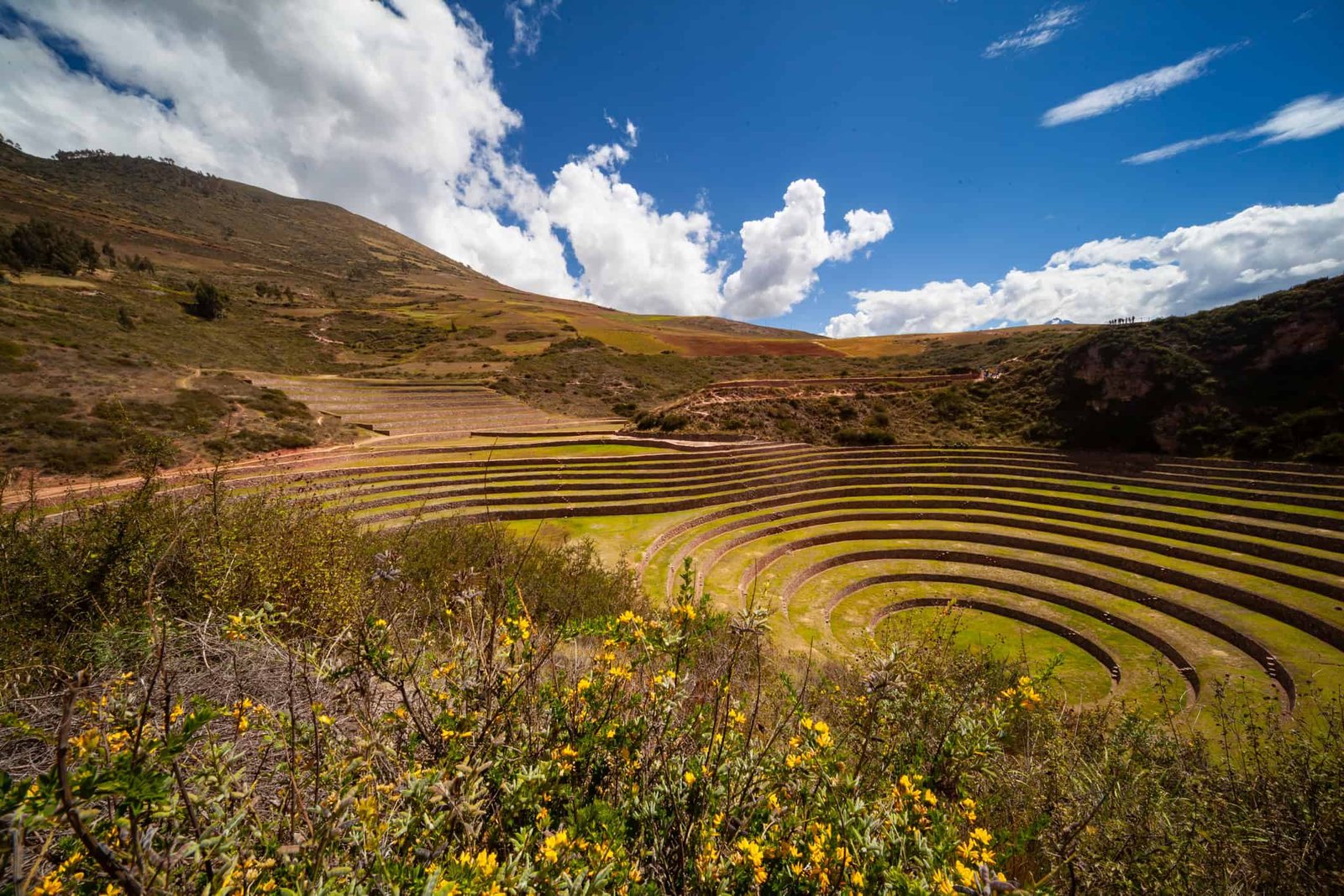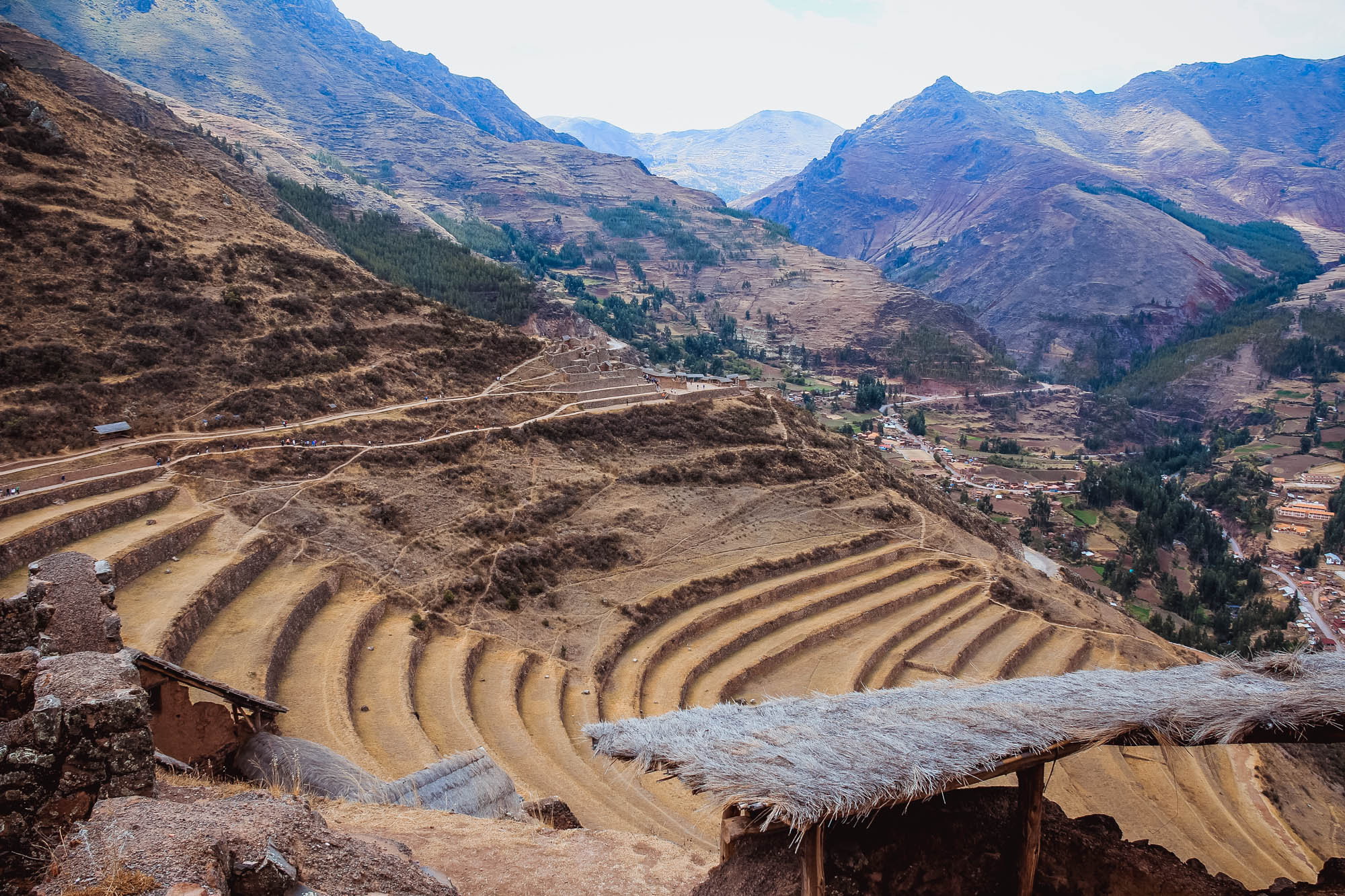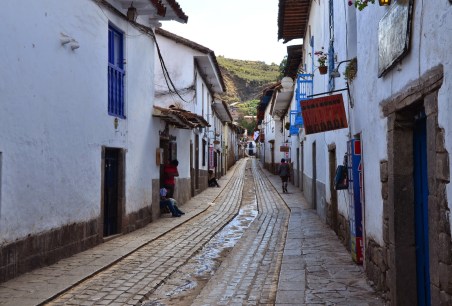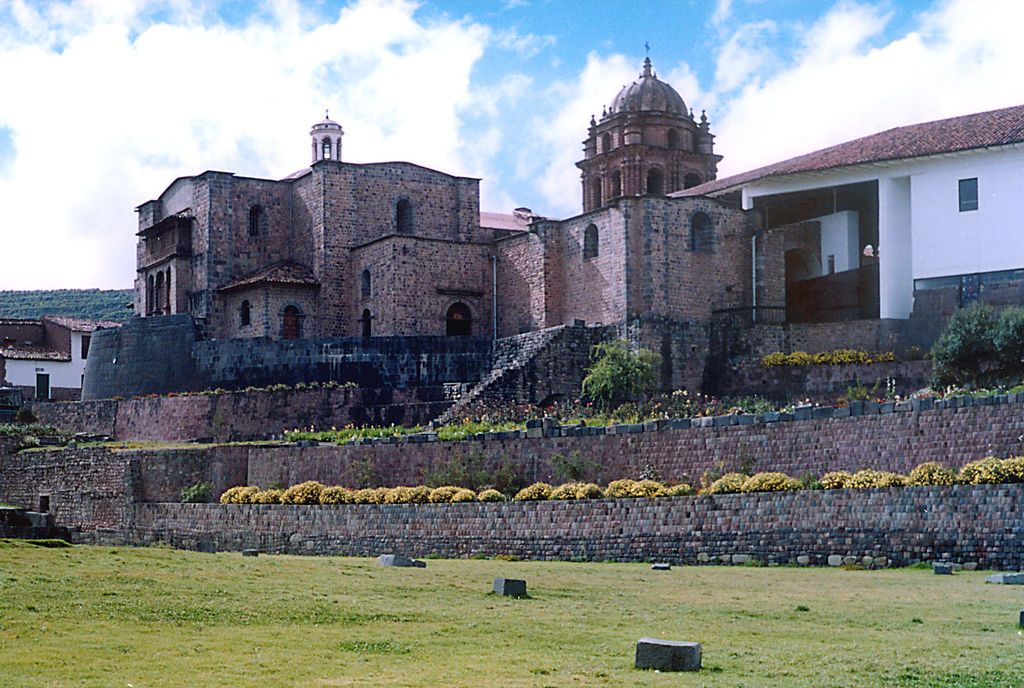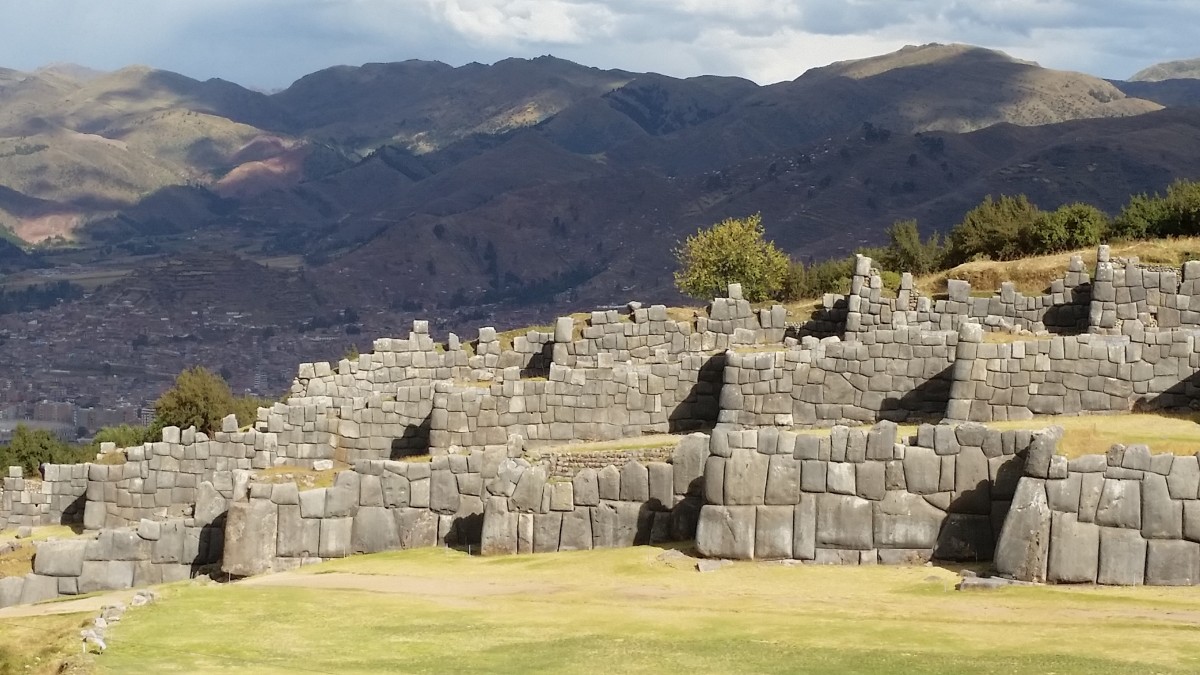Moray Archaeological Site
Moray, an ancient Inca archaeological site nestled in the Sacred Valley near Cusco, Peru, is an essential destination for those captivated by history, culture, and breathtaking landscapes. This site is famous for its remarkable circular terraces, which served as an agricultural research center for the Incas. The terraces created distinct microclimates, enabling the Incas to experiment with various crops, showcasing their remarkable ingenuity.
History
The Moray ruins are thought to have been constructed by the Inca Empire, likely during the late 15th or early 16th century, although the precise date remains uncertain. Excavations indicate that the lower terraces may have been built by earlier cultures, such as the Wari civilization, which thrived from the 6th to the 10th century. The site functioned as an agricultural research center and held political and religious significance. It was brought to light in the 1930s by American-Peruvian researchers during an aerial survey of Peru’s landscapes.
How to Get There
Moray is situated approximately 38 kilometers northwest of Cusco, within the Sacred Valley. The most popular way to reach the site is by booking an excursion from Cusco, which often includes visits to the Salineras de Maras and other archaeological locations. Alternatively, you can take a bus from Cusco to Maras and then either walk or hire a taxi to the site. Some tour companies also offer ATV excursions, providing an adventurous way to explore the area.
Things to See
1. **Circular Terraces**: The primary attraction at Moray is the circular terraces, which descend about 150 meters from the highest to the lowest level. Each terrace features around 12 levels, with the largest depression measuring approximately 600 feet in diameter.
2. **Inca Irrigation System**: The site showcases an impressive Inca irrigation system, designed to transport water from a reservoir located higher in the mountains to the terraces.
3. **Unique Microclimates**: The terraces were ingeniously crafted to create various microclimates, allowing the Incas to test different crops and agricultural techniques.
4. **Historical Significance**: Moray offers valuable insights into Incan agricultural practices and the scientific importance of the terraces.
5. **Natural Beauty**: Surrounded by the majestic mountains of the Peruvian Andes, the site presents a visually stunning backdrop.
Ticket Information
Tickets for Moray can be acquired at the site or through local tourism agencies. The typical cost ranges from 30 to 40 soles per person, although prices may vary based on the agency and any additional activities or tours included.
Tips for Visiting
1. Best Time to Visit: The ideal time to explore Moray is during the dry season, from May to October, when the weather is generally sunny and the roads are less muddy.
2. Physical Condition: The site involves navigating uneven terrain and climbing stairs, so wearing comfortable footwear and being in good physical shape is advisable.
3. Photography: The site offers stunning views and unique landscape formations, making it a perfect spot for photography enthusiasts.
4. Guided Tours: Local guides can provide valuable insights into the historical and scientific significance of the site.
5. Combine with Other Sites: Moray is often paired with visits to the Salineras de Maras and other archaeological sites in the Sacred Valley, making it a fantastic addition to any Peru itinerary.
6. Respect the Site: It is essential to show respect for the site and its surroundings, as it holds significant cultural and historical value.
Visiting Moray promises an unforgettable experience, offering a glimpse into the agricultural practices and ingenuity of the Inca Empire. With its unique terraces, impressive irrigation system, and stunning natural surroundings, Moray is a must-visit destination for anyone traveling to Peru.
ID 335655615 © Viktorus | Dreamstime.com


